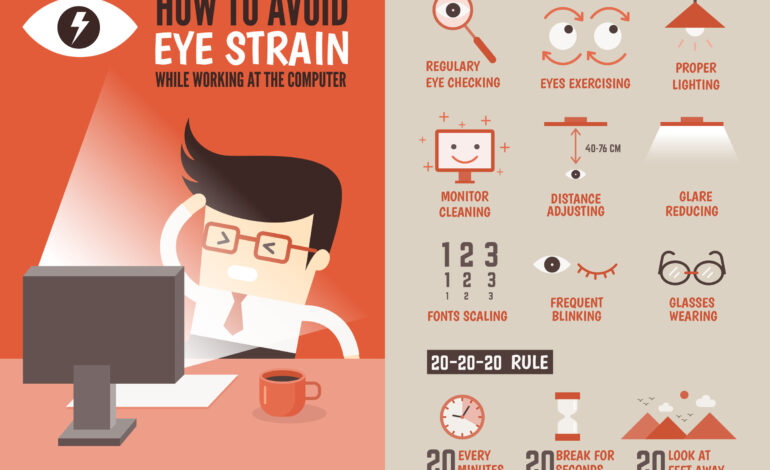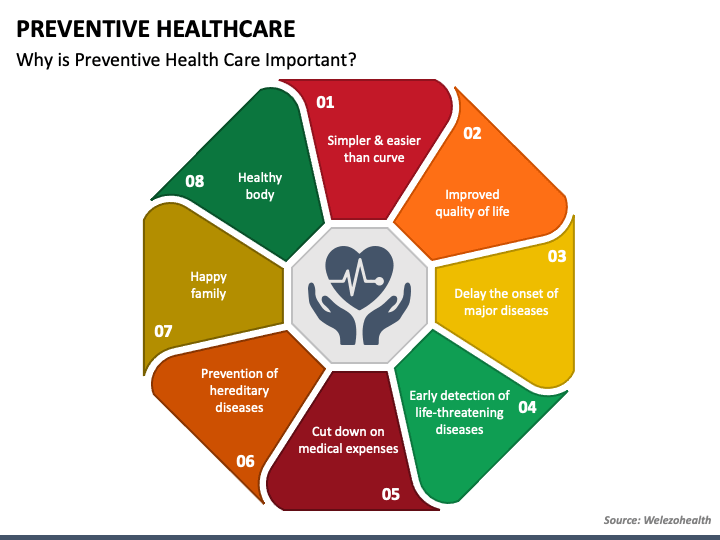Screen Time: Impact on Eyes & Brain

The Digital Window and Its Impact: How Screen Time Affects Your Eyes and Brain
We live in a digital age. From the moment we wake up and check our phones to the last scroll through social media before bed, screens dominate much of our waking lives. While offering incredible convenience and connection, this constant exposure to digital devices is having a profound impact on both our eyes and our brains. It’s not simply about “eye strain” anymore; the effects are far more nuanced and potentially long-lasting. This post will delve into the specifics of how screen time affects your vision and cognitive function, and what you can do to mitigate the risks.
The Eyes Have It: Understanding Digital Eye Strain
Perhaps the most immediately noticeable effect of prolonged screen time is digital eye strain, also known as computer vision syndrome. This isn’t a single condition, but rather a collection of symptoms resulting from extended focus on digital displays. What causes it? Several factors contribute. Firstly, we blink less when staring at screens. Normally, blinking lubricates the eyes, keeping them moist and clear. A reduced blink rate – often by as much as 66% – leads to dry eyes, irritation, and a gritty sensation.
Secondly, our eyes work harder to focus on pixels than on physical objects. The constant shifting of focus between the screen and surrounding objects, or even different parts of the screen, causes eye muscle fatigue. This is particularly true for those who require corrective lenses, as their prescription may not be optimized for the distance at which they typically view a screen. Symptoms of digital eye strain include:
- Dry eyes
- Blurred vision
- Headaches
- Neck and shoulder pain
- Eye fatigue
- Sensitivity to light
While generally not permanent, chronic digital eye strain can be incredibly disruptive to daily life. It’s important to address it proactively.
Beyond Eye Strain: Long-Term Vision Concerns
The concerns extend beyond temporary discomfort. There’s growing evidence suggesting a link between increased screen time, particularly in childhood, and the development of myopia (nearsightedness). Studies indicate that children who spend more time indoors, engaged in near-work activities like reading and screen use, are at a higher risk of becoming myopic. This is thought to be due to the way the eye develops in response to visual stimuli. When constantly focusing on close-up objects, the eye elongates, making distant objects appear blurry.

Furthermore, the blue light emitted by digital screens has been a subject of debate. While the amount of blue light from screens is less than that from the sun, prolonged exposure *may* contribute to age-related macular degeneration (AMD), a leading cause of vision loss. However, the research is still ongoing and the extent of this risk remains unclear. It’s prudent to take preventative measures, though.
The Brain on Screens: Cognitive Effects of Digital Life
The impact of screen time isn’t limited to our eyes. Our brains are also significantly affected. The constant stream of information, notifications, and stimuli from digital devices can lead to several cognitive changes. One of the most discussed is the potential for reduced attention span. The rapid-fire nature of many online platforms trains our brains to crave novelty and instant gratification, making it harder to focus on tasks that require sustained attention.
Multitasking, often encouraged by our digital environment, is another area of concern. While we may *feel* productive when juggling multiple tasks, research shows that multitasking actually reduces efficiency and increases errors. Our brains aren’t designed to truly focus on multiple things simultaneously; instead, we rapidly switch between tasks, which is mentally taxing and can lead to cognitive overload.
Sleep disruption is another significant consequence. The blue light emitted by screens suppresses the production of melatonin, a hormone that regulates sleep. Using screens close to bedtime can make it harder to fall asleep and reduce the quality of sleep, leading to daytime fatigue and impaired cognitive function. Furthermore, the stimulating content we often consume on screens can also keep our brains wired and prevent us from winding down.
Impact on Emotional Wellbeing: Excessive screen time has also been linked to increased rates of anxiety and depression, particularly in adolescents. Social media, while offering connection, can also contribute to feelings of inadequacy, social comparison, and cyberbullying. The curated nature of online profiles often presents an unrealistic portrayal of life, leading to negative self-perception.
What Can You Do? Strategies for Healthy Screen Habits
The good news is that the negative effects of screen time aren’t inevitable. By adopting healthy habits, you can minimize the risks and enjoy the benefits of technology without compromising your vision or cognitive function. Here are some practical strategies:
- The 20-20-20 Rule: Every 20 minutes, look at something 20 feet away for 20 seconds. This helps to relax your eye muscles and reduce eye strain.
- Blink Frequently: Make a conscious effort to blink regularly, especially when focusing on a screen.
- Adjust Screen Settings: Reduce screen brightness, increase text size, and adjust the color temperature to reduce blue light emission. Many devices have built-in “night mode” or “blue light filter” features.
- Optimize Your Workspace: Ensure proper lighting, posture, and screen distance. The top of your screen should be at or slightly below eye level.
- Take Regular Breaks: Get up and move around every hour to reduce eye strain, muscle fatigue, and improve circulation.
- Limit Screen Time Before Bed: Avoid using screens for at least an hour before bedtime.
- Prioritize Offline Activities: Make time for activities that don’t involve screens, such as reading, spending time outdoors, exercising, and socializing.
- Be Mindful of Content: Choose content that is enriching and positive, rather than overwhelming or negative.
- For Children: Establish clear screen time limits and encourage a balance of online and offline activities.
Regular Eye Exams: Don’t forget to schedule regular eye exams with an optometrist or ophthalmologist. They can assess your vision, detect any potential problems, and recommend appropriate corrective lenses or other treatments.
In conclusion, while screens are an integral part of modern life, it’s crucial to be aware of their potential impact on our eyes and brains. By adopting mindful habits and prioritizing our well-being, we can navigate the digital world in a healthy and sustainable way.



